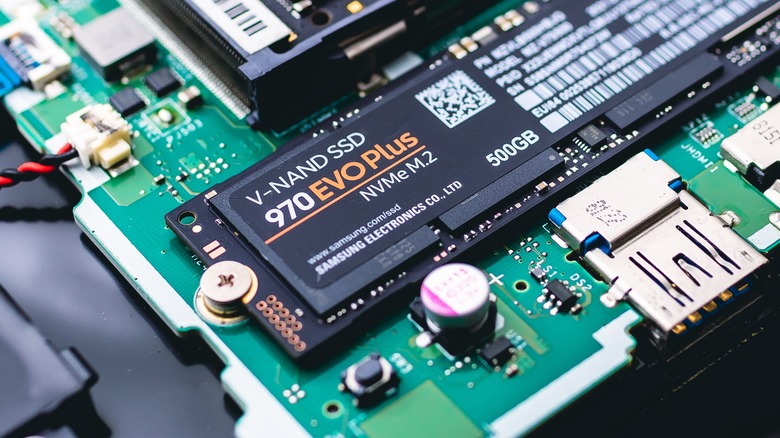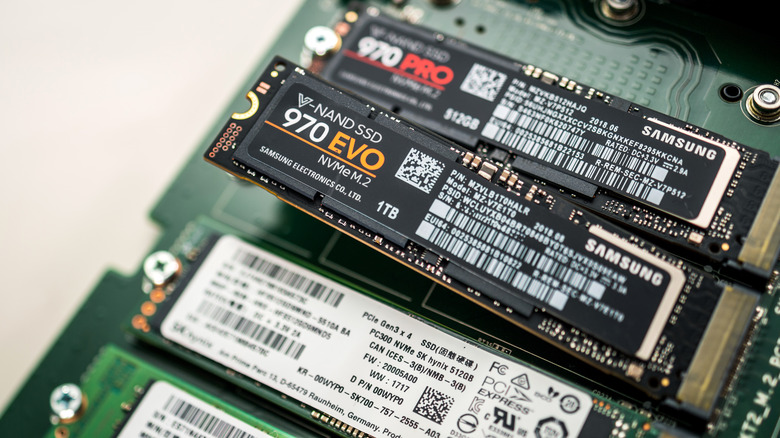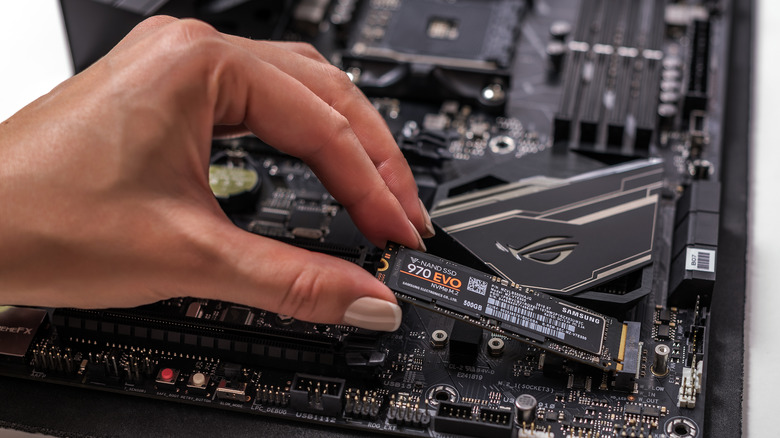Why Do SSD Prices Keep Going Up (And When Will They Come Down)?
Few advances in recent memory have moved the average computer user experience forward like the improvements in and subsequent widespread shift to solid state drives (SSDs), after decades of domination by hard disk drives (HDDs). Using flash memory, SSDs are able to store a larger volume of data without mechanical parts, so it can be accessed at high-speed with much greater energy efficiency.
This is why SSDs are much more appropriate — and in demand — for the fast and reliable storage needed in advanced technologies with large data sets, including the Internet of Things (IoT), cloud computing and artificial intelligence (AI). The algorithms and AI-powered tools used by many popular applications are incredibly data intensive, needing rapid access in real-time.
Due to how they work, typically using NAND flash memory, SSDs have always been more expensive than HDDs per gigabyte, but worse still, we're currently in the middle of an SSD pricing surge. Let's have a look at why.
Major manufacturers throttled production
For the majority of 2023, SSD prices were very low — in fact often costing less than their same sized HDD equivalent — due to a larger supply than necessary combined with a sharp drop in demand following the end of the COVID-19 pandemic. The major players in the industry were losing considerable money and unsurprisingly reacted, with Samsung, SK Hynix, and Micron Technology cutting NAND production by half over the last quarter of 2023 and first quarter of 2024.
A strategy of throttling production, and in turn reducing the heightened inventory levels, was all part of trying to balance supply and demand to maximize revenue. At the end of 2023, TrendForce — a market expert in the memory and storage industry — reported that the prominent manufacturers needed to raise prices by 40% to break even, and 50% to achieve profitability. Western Digital, in its capacity as a top supplier of flash memory chips, and one of the best SSD brands, warned its customers of looming price increases of over 50% across 2024.
Prices were steadily increasing as 2024 dawned, and then Samsung increased NAND flash memory prices by 20% in each of the first two quarters, taking the surge to 40% or 50% higher than mid to late 2023.
AI boom puts a rush on SSDs, but there's hope
While industry leaders may have reshaped the market with an eye on profits, the AI boom has only served to further elevate prices for SSDs. Thousands of high-speed flash memory chips are needed for the powerful servers and computers capable of sustaining generative AI, with predictions that the market is set for huge growth in the coming years.
Some have speculated that the AI boom is a bubble that could burst before long, but for now it's clearly benefitting companies that supply the components necessary to drive the incredibly resource-intensive machines — even if it's also hurting the average storage-seeking consumer's wallet. TrendForce reported in late June 2024 that Samsung again plans to increase the price of NAND flash "by 15% to 20% in the third quarter due to surging demand for artificial intelligence."
However, good news may be on the horizon, as this coincided with reports that major NAND suppliers have stepped up production. Market commentators predict — or perhaps hope — SSD prices might level off or even drop as a result of an increased supply.


